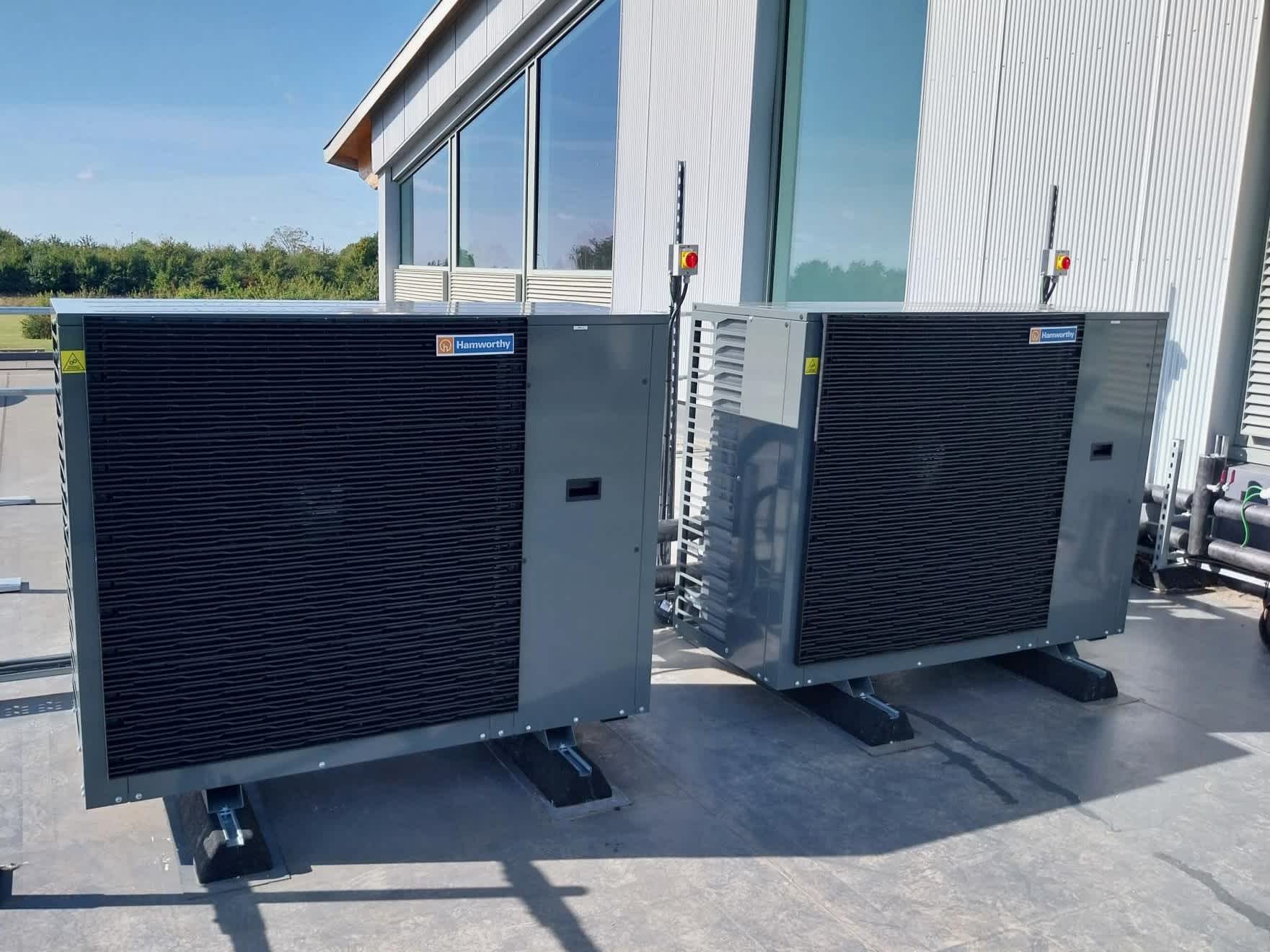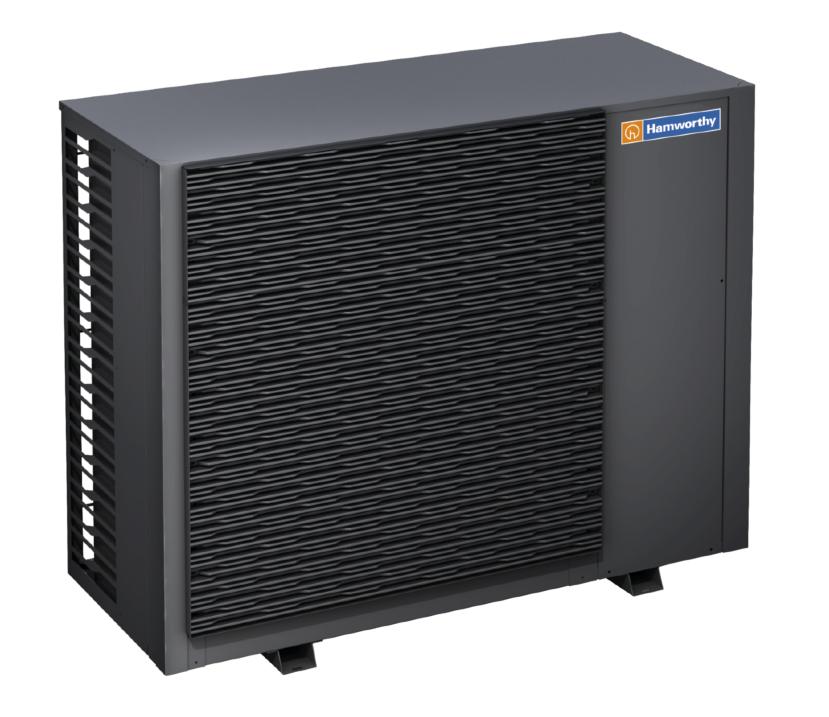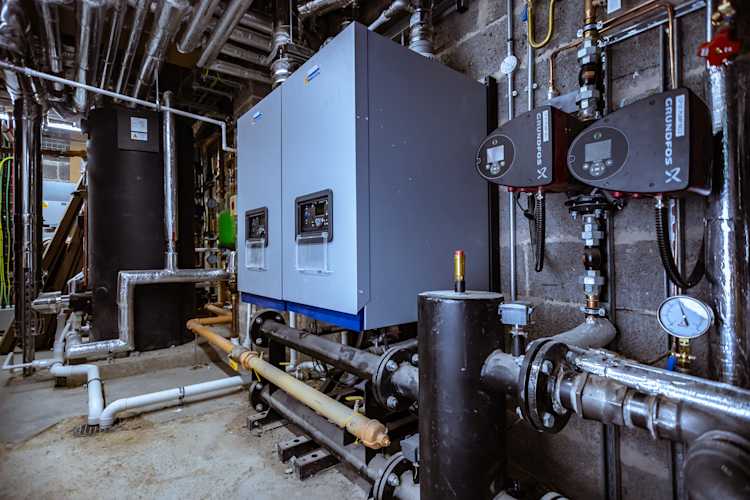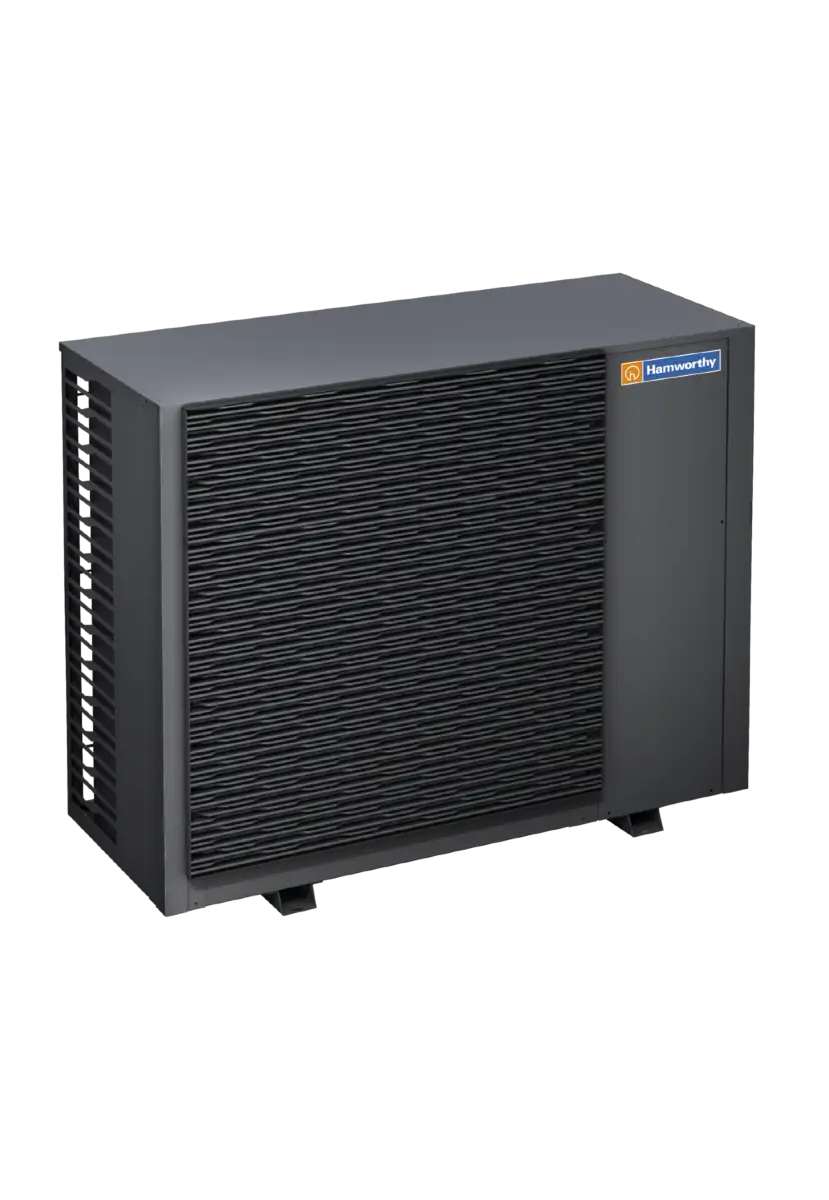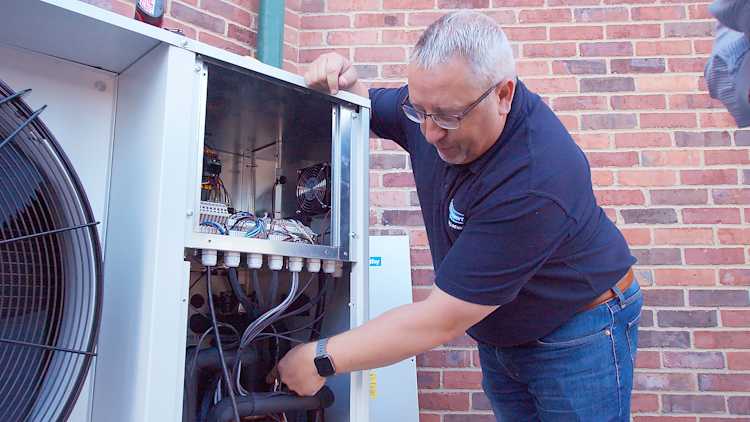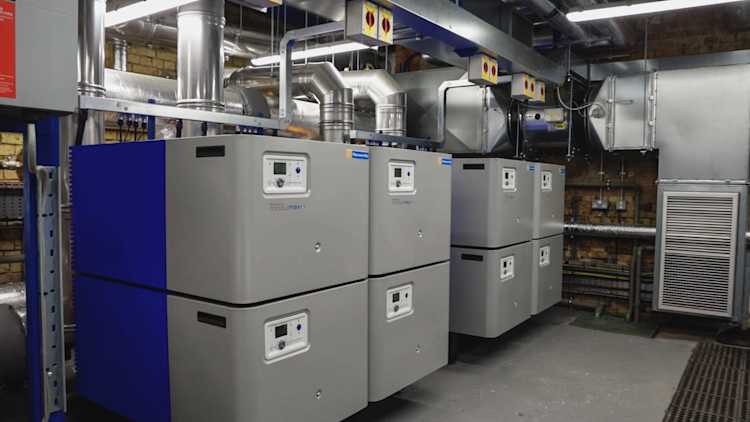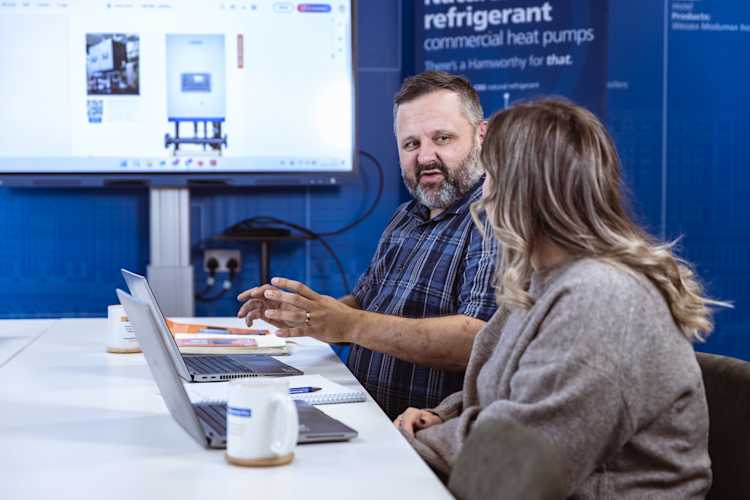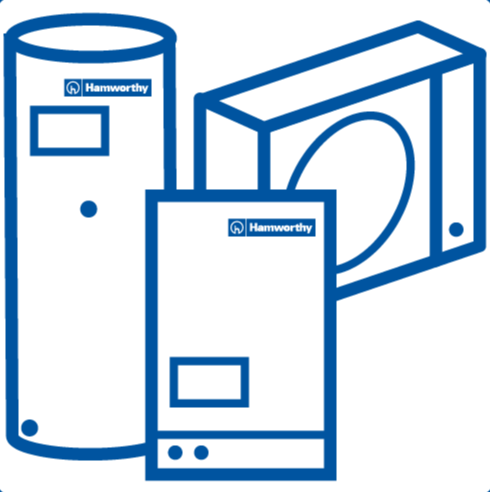Comparing Indirect vs Direct hot water systems
When it comes to designing heating and hot water systems, we may all take a different approach. But with such a wide choice of products available for the efficient generation of domestic hot water (DHW), it is important to understand the true benefits of separating heating and hot water systems, and the differences between using direct or indirect fired hot water units.
Explaining direct and indirect fired units
Direct fired units such as Dorchester water heaters for hot water generation have an integral gas or oil burner that directly heats the water in its storage cylinder by supplying hot gases through one or more of its heat exchanger fire tubes within the cylinder which then transfers heat to the surrounding water.Indirect fired units such as calorifiers have no integral burner but contain one or more heat exchanger coils that are filled with hot liquids (water or solar fluid) that have already been heated ‘indirectly’ by one or more external heat sources, such as a boiler or solar collectors.
Benefits of separating the heating and hot water systems
Historically, indirect fired systems would have a dedicated hot water boiler for heating a calorifier but with modern highly efficient boilers, the same boiler can now be used for both the heating circuit and the DHW system. However, when the space heating is not required, the boiler still needs to be operating to provide heat for the hot water system.
Direct fired water heaters are solely dedicated to the job of hot water generation, providing a faster heat up and response time compared with an indirect system which is in fact ‘heating water to heat water’. This increases the chance of heat losses in the boiler, and associated pipework between the boiler and calorifier.
Water heaters are often installed close to point of use, reducing the energy required to supply water over a long pipe run and minimising distribution heat losses. This also helps lessen the length of dead legs in the system, areas of unused/rarely used pipework which pose a Legionella risk (take a look at our video on legionella protection in a water heater). This supports compliance with regulations such as the Health and Safety Executive L8 - Approved Code of Practice & Guidance for The Control of Legionella Bacteria in Water Systems which states that the distribution pipework should be adequately designed to enable the water to reach all outlets at 50°C within 1 minute of turning on the tap.
Calorifiers used for DHW generation do not require flues or have a gas supply directly connected to them. This makes them simpler to install.
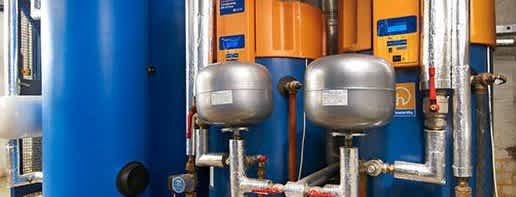
Comparing efficiencies – why it doesn’t always add up
There has been some debate in the industry about the fairness of the efficiency criteria in the Part L Building Regulations document, as there are some discrepancies between the method of calculating efficiencies for an indirect and direct fired hot water system.
For direct fired water heaters, Part L takes the gross seasonal efficiency of the appliance itself which is measured using the efficiency during one heat up cycle from hot to cold. On the other hand, for an indirect fired hot water system it allows the gross seasonal efficiency of the associated boiler to be used. This is where the problem occurs. The gross seasonal efficiency of a boiler is calculated using part load and full load operating efficiency. However, an indirect fired system will generally operate at 80/60, temperatures at which a boiler cannot condense consequently not actually operating at part load (which requires a return temperature of 30°C). This means that what is recorded on paper is not a true reflection of what will actually be happening in practice.
Example – comparing efficiencies of direct and indirect fired hot water systems using the Part L method.
Direct fired condensing water heater: 96% gross thermal efficiency
An indirect fired calorifier: 96% (taking the condensing boiler’s gross seasonal efficiency)
When producing hot water with return boiler temperatures likely to be 60°C or higher, the boiler is more likely to be operating at a gross efficiency in the region of 88%. If you also take the additional electrical load requirements of the boiler primary pump and calorifier loading pump into account, then the energy requirements and true efficiencies of an indirect fired solution differ greatly to the proposition on paper.
If you would like to know more about direct and indirect fired hot water products from Hamworthy Heating, contact your local Area Sales Manager.
